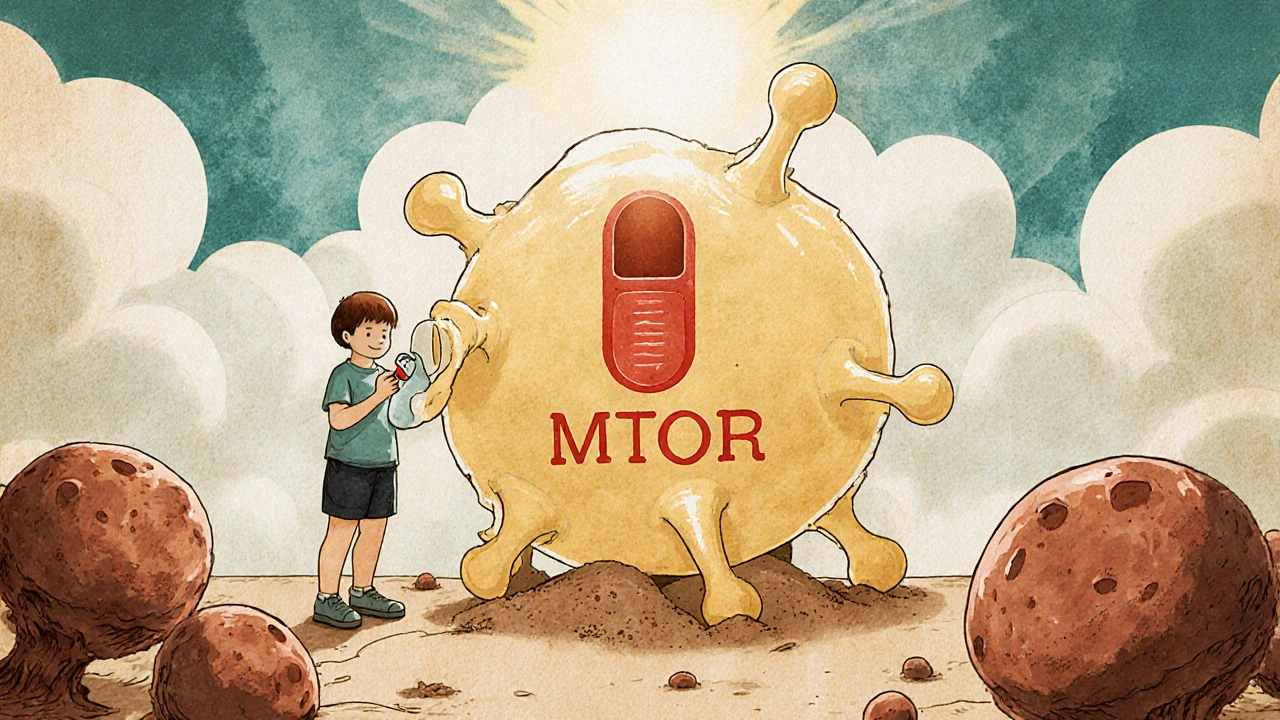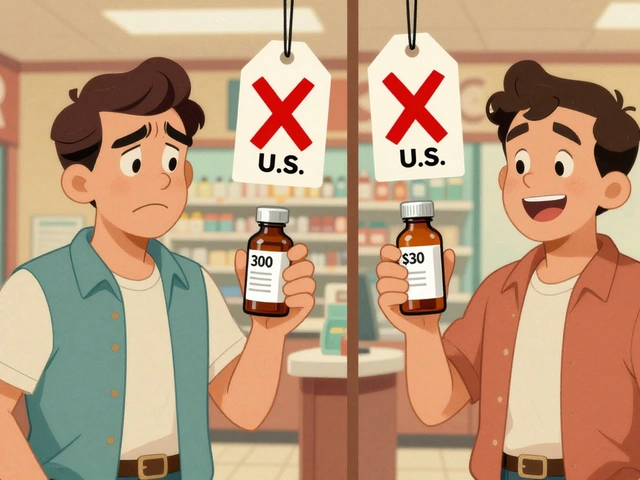Everolimus: What It Is, How It Works, and What Alternatives Exist
When doctors prescribe everolimus, a targeted therapy that blocks a key protein called mTOR to slow cancer growth and suppress the immune system. Also known as Afinitor, it’s used in situations where standard treatments aren’t enough or have failed. This isn’t your typical chemotherapy. Instead of attacking all fast-growing cells, everolimus zeroes in on a specific pathway that cancer cells and transplanted organs rely on to survive. That’s why it shows up in both oncology and transplant clinics — two very different worlds, but both fighting overgrowth.
It’s part of a class called mTOR inhibitors, a group of drugs designed to interfere with the mTOR signaling pathway, which drives cell division and metabolism. Other drugs in this class include temsirolimus and sirolimus, but everolimus is often preferred because of how well it’s absorbed and how predictable its effects are. For kidney cancer patients, it’s used after other therapies like sunitinib or pazopanib stop working. In breast cancer, it’s paired with hormone drugs like exemestane when tumors become resistant. And for people who’ve had a kidney or liver transplant, it helps prevent rejection without the harsh side effects of older immunosuppressants like cyclosporine. What makes everolimus stand out isn’t just its power — it’s how specific it is. That specificity means fewer random side effects, but it also means you need to monitor blood levels and watch for signs of infection or mouth sores, which are common.
People often ask if there are better options. The answer depends on what you’re treating. For cancer, drugs like anastrozole, a hormone blocker used in breast cancer, especially in postmenopausal women work differently — they starve tumors of estrogen instead of blocking growth signals. For transplant patients, tacrolimus, a calcineurin inhibitor that’s been the gold standard for decades is still widely used, but everolimus offers a gentler alternative for those who can’t tolerate its kidney toxicity. Even in the world of generics and online pharmacy options, everolimus remains a brand-name drug in many places, making cost and access a real concern for patients.
What you’ll find in the posts below isn’t just a list of drug comparisons — it’s a practical guide to real-world choices. You’ll see how everolimus stacks up against other targeted therapies, what side effects patients actually deal with, and how it fits into broader treatment plans. Whether you’re managing cancer, a transplant, or helping someone who is, these articles cut through the noise and give you clear, no-fluff answers.

Everolimus: How This Drug Is Changing Outcomes for Rare Disease Patients
Everolimus is transforming care for rare diseases like tuberous sclerosis and LAM by targeting abnormal cell growth. It shrinks tumors, improves lung function, and offers hope where few options existed.
Read More




